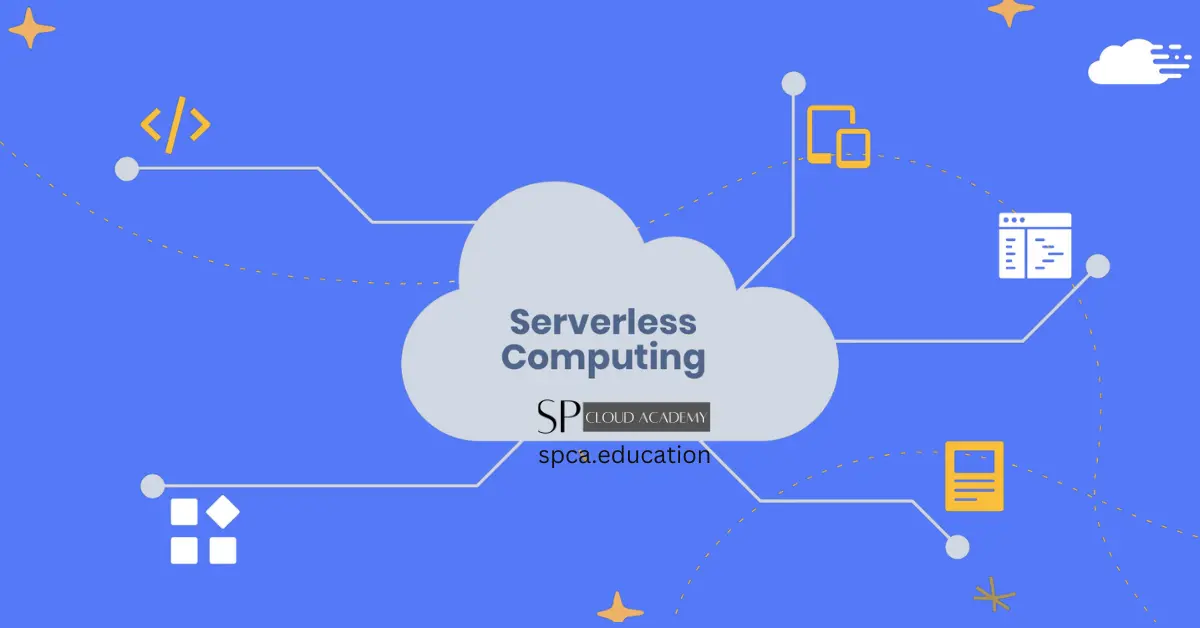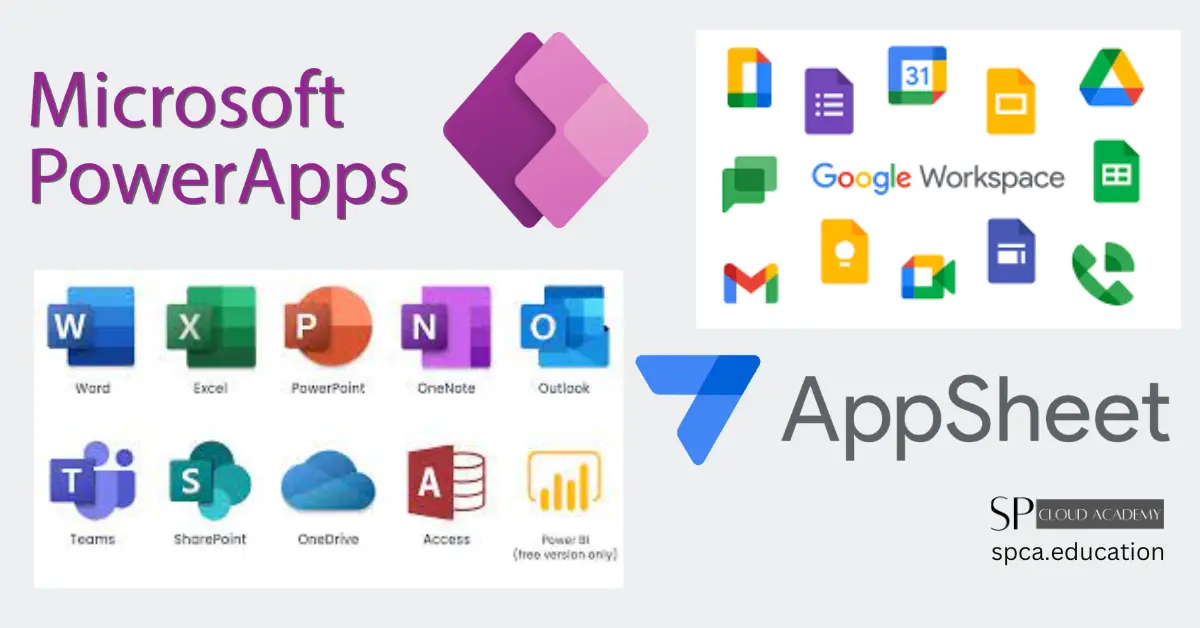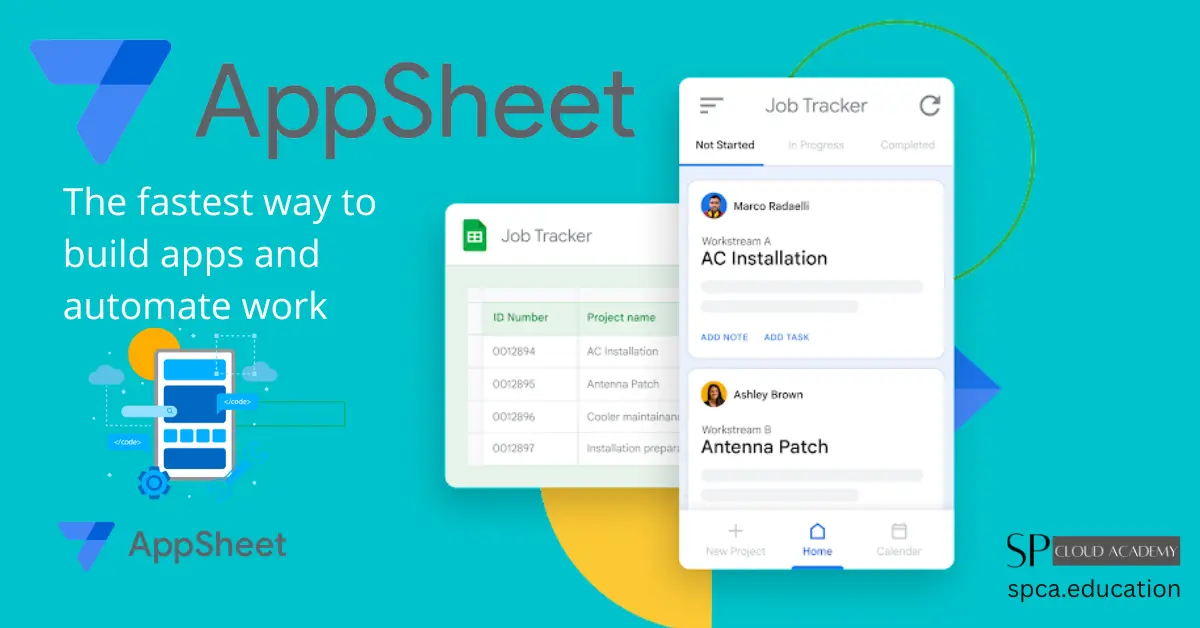Introduction
Importance of a Project Proposal
In the world of software development, crafting a well-defined project proposal is crucial for setting the stage for a successful project. A project proposal serves as a blueprint, outlining the project’s objectives, scope, methodology, and resource allocation. It is the first step in securing buy-in from stakeholders and ensuring that everyone involved has a clear understanding of the project’s goals and expectations. A meticulously crafted proposal not only helps in securing funding but also acts as a guide throughout the project’s lifecycle.
Overview of Software Development Projects
Software development projects can range from creating simple applications to complex systems that require extensive planning and coordination. These projects involve various stages including requirements gathering, design, development, testing, deployment, and maintenance. Each stage requires careful planning and documentation to ensure the project stays on track and meets its intended objectives. A well-crafted project proposal addresses each of these stages in detail, providing a comprehensive plan for successful project execution.
Understanding the Audience
Identifying Stakeholders
Before crafting a project proposal, it is essential to identify the key stakeholders. Stakeholders can include project sponsors, clients, team members, and end-users. Each group has its own interests and requirements, which need to be addressed in the proposal. Understanding who the stakeholders are and what they expect from the project helps in tailoring the proposal to meet their needs and gain their support.
Tailoring the Proposal to the Audience
Once the stakeholders are identified, the next step is to tailor the proposal to the audience. This involves using language and terminology that resonate with them, highlighting the benefits that are most important to them, and addressing their concerns and expectations. For example, a proposal aimed at technical stakeholders may focus on the technical feasibility and innovation of the project, while one aimed at business stakeholders might emphasize cost savings and return on investment.
Defining the Project Scope
Project Objectives
Defining the project scope begins with clearly stating the project objectives. Objectives should be specific, measurable, achievable, relevant, and time-bound (SMART). This ensures that the project has clear goals that can be tracked and measured throughout its lifecycle. Well-defined objectives also help in setting expectations and guiding the project team.
Deliverables
Next, the proposal should outline the project deliverables. Deliverables are the tangible outcomes of the project, such as software applications, documentation, and training materials. Each deliverable should be clearly defined in terms of what will be delivered, when it will be delivered, and how it will be evaluated for quality and completeness.
Project Boundaries
Defining the project boundaries is also crucial. This involves outlining what is included in the project scope and what is excluded. Clearly defining the boundaries helps in managing stakeholder expectations and preventing scope creep, which can derail a project and lead to delays and cost overruns.
Background and Context
Current Situation Analysis
Providing a background and context for the project is important for helping stakeholders understand why the project is necessary. This begins with a current situation analysis, which outlines the existing conditions or problems that the project aims to address. This analysis provides a baseline against which the success of the project can be measured.
Problem Statement
A clear and concise problem statement is an essential component of a project proposal. The problem statement should describe the issue that the project aims to solve, including its scope and impact. This helps in justifying the need for the project and in setting the stage for the proposed solution.
Project Justification
The project justification builds on the problem statement by explaining why the project is important and how it will benefit the organization. This section should highlight the expected outcomes and benefits of the project, such as increased efficiency, cost savings, or improved customer satisfaction. Providing a strong justification helps in securing support and resources for the project.
Project Goals and Objectives
SMART Goals
Setting SMART goals is a critical step in defining the project’s direction and ensuring its success. SMART goals are Specific, Measurable, Achievable, Relevant, and Time-bound. These criteria help in creating clear and actionable goals that can guide the project team and provide a basis for evaluating the project’s progress and success.
Long-term and Short-term Objectives
A comprehensive project proposal should include both long-term and short-term objectives. Long-term objectives focus on the overall impact and benefits of the project, while short-term objectives break down the project into manageable phases or milestones. This helps in maintaining focus and momentum throughout the project lifecycle.
Project Methodology
Agile Methodology
Agile methodology is a popular approach in software development that emphasizes iterative development, collaboration, and flexibility. The proposal should outline how Agile practices, such as sprints, user stories, and continuous integration, will be implemented to ensure the project remains adaptable and responsive to changes.
Waterfall Methodology
In contrast to Agile, the Waterfall methodology is a linear and sequential approach to project management. The proposal should describe how each phase of the Waterfall model, including requirements, design, implementation, testing, and maintenance, will be planned and executed. This approach is best suited for projects with well-defined requirements and deliverables.
Choosing the Right Approach
Choosing the right project management approach is crucial for the success of the project. The proposal should include a rationale for selecting either Agile, Waterfall, or a hybrid approach, based on the project’s requirements, complexity, and stakeholder preferences. This helps in aligning the project management strategy with the project’s goals and constraints.
Project Timeline
Milestones
A detailed project timeline with clearly defined milestones is essential for tracking progress and ensuring timely delivery. Milestones represent significant achievements or points in the project, such as the completion of a phase or the delivery of a major component. Including milestones in the proposal helps in setting expectations and providing a framework for monitoring progress.
Gantt Charts
Gantt charts are a valuable tool for visualizing the project timeline and dependencies between tasks. The proposal should include a Gantt chart that outlines the project schedule, including start and end dates for each task, milestones, and critical path activities. This provides a clear and comprehensive view of the project’s timeline and helps in identifying potential scheduling conflicts or delays.
Critical Path Method
The Critical Path Method (CPM) is a project management technique used to identify the sequence of tasks that determine the project’s duration. The proposal should explain how CPM will be used to identify critical tasks, allocate resources effectively, and ensure that the project stays on schedule. This helps in managing time effectively and avoiding delays.
Resource Allocation
Human Resources
Effective resource allocation is crucial for the success of a software development project. The proposal should include a detailed plan for allocating human resources, including roles and responsibilities, team structure, and skills required. This ensures that the project team has the necessary expertise and capacity to deliver the project successfully.
Technical Resources
In addition to human resources, technical resources such as software, hardware, and tools are essential for the project’s success. The proposal should outline the technical resources required, including specifications, quantities, and procurement plans. This helps in ensuring that the necessary resources are available when needed and that any technical constraints are addressed.
Financial Resources
A detailed budget is a critical component of a project proposal. The proposal should include a comprehensive budget that outlines the costs associated with the project, including labor, materials, equipment, and overheads. This helps in securing funding and ensuring that the project is financially viable.
Risk Management
Identifying Risks
Risk management is a key aspect of project planning. The proposal should include a risk management plan that identifies potential risks, assesses their impact and likelihood, and prioritizes them based on their severity. This helps in anticipating challenges and preparing strategies to mitigate them.
Risk Mitigation Strategies
Once risks are identified, the next step is to develop risk mitigation strategies. The proposal should outline specific actions to reduce the likelihood and impact of each risk. This may include contingency plans, alternative approaches, and proactive measures to manage risks effectively.
Contingency Planning
Contingency planning is essential for addressing unforeseen events that may impact the project. The proposal should include contingency plans for critical risks, outlining the steps to be taken if these risks materialize. This helps in ensuring that the project can continue to progress despite challenges and uncertainties.
Project Budget
Budget Breakdown
A detailed budget breakdown is essential for managing project finances effectively. The proposal should include a breakdown of the budget, categorizing costs into different categories such as labor, materials, equipment, and overheads. This provides a clear view of the project’s financial requirements and helps in monitoring and controlling costs.
Cost Estimation Techniques
Accurate cost estimation is crucial for developing a realistic budget. The proposal should outline the cost estimation techniques used, such as bottom-up estimation, analogous estimation, or parametric estimation. This ensures that the budget is based on reliable data and assumptions.
Financial Planning
Financial planning involves not only estimating costs but also managing cash flow and securing funding. The proposal should include a financial plan that outlines how the project will be funded, including sources of funding, payment schedules, and financial controls. This helps in ensuring that the project is financially sustainable and that funds are available when needed.
Technical Requirements
Software Requirements Specification (SRS)
A Software Requirements Specification (SRS) is a detailed document that outlines the functional and non-functional requirements of the software. The proposal should include an SRS that specifies the features, performance criteria, and constraints of the software. This provides a clear and comprehensive understanding of what the software needs to achieve.
Hardware Requirements
In addition to software requirements, hardware requirements are also critical for the project’s success. The proposal should outline the hardware specifications needed to support the software, including servers, workstations, and network infrastructure. This ensures that the necessary hardware is available and compatible with the software.
Integration Requirements
Integration requirements address how the new software will interact with existing systems and applications. The proposal should include a plan for integrating the software with other systems, including data exchange protocols, interface specifications, and testing procedures. This helps in ensuring seamless integration and interoperability.
Project Deliverables
Defining Deliverables
Clear definition of project deliverables is essential for ensuring that the project meets its objectives. The proposal should list the deliverables, specifying what will be delivered, the criteria for acceptance, and the timeline for delivery. This helps in setting clear expectations and measuring the project’s success.
Deliverable Formats
Deliverable formats refer to the format in which the project outputs will be delivered. The proposal should specify the formats for different deliverables, such as documentation, software packages, and training materials. This ensures that the deliverables are provided in a usable and accessible format.
Quality Assurance
Quality assurance is critical for ensuring that the project deliverables meet the required standards. The proposal should include a quality assurance plan that outlines the processes and criteria for evaluating the quality of the deliverables. This helps in ensuring that the project outputs are of high quality and meet stakeholder expectations.
Project Management Plan
Roles and Responsibilities
A clear definition of roles and responsibilities is essential for effective project management. The proposal should include a project management plan that outlines the roles and responsibilities of the project team, including the project manager, team members, and stakeholders. This helps in ensuring that everyone understands their roles and contributes effectively to the project.
Communication Plan
Effective communication is crucial for the success of a project. The proposal should include a communication plan that outlines the communication channels, frequency, and methods for sharing information among the project team and stakeholders. This helps in ensuring that everyone is informed and aligned throughout the project.
Project Monitoring and Control
Monitoring and controlling the project’s progress is essential for ensuring that it stays on track. The proposal should include a plan for project monitoring and control, outlining the processes and tools for tracking progress, managing changes, and addressing issues. This helps in maintaining control over the project and ensuring its successful completion.
Implementation Plan
Development Phases
The implementation plan outlines how the project will be executed, including the development phases. The proposal should include a detailed plan for each development phase, such as requirements gathering, design, coding, testing, and deployment. This helps in ensuring a structured and systematic approach to project execution.
Testing Phases
Testing is a critical component of the implementation plan. The proposal should include a plan for testing the software, including unit testing, integration testing, system testing, and user acceptance testing. This helps in ensuring that the software is thoroughly tested and meets the required standards.
Deployment Strategy
The deployment strategy outlines how the software will be delivered and implemented in the production environment. The proposal should include a detailed deployment plan, including deployment methods, timelines, and rollback procedures. This helps in ensuring a smooth and successful deployment.
Maintenance and Support Plan
Post-Implementation Support
Post-implementation support is essential for addressing any issues that arise after the software is deployed. The proposal should include a plan for providing post-implementation support, including support levels, response times, and escalation procedures. This helps in ensuring that any issues are resolved quickly and effectively.
Maintenance Schedule
A maintenance schedule outlines the planned activities for maintaining the software, such as updates, patches, and performance tuning. The proposal should include a maintenance schedule that specifies the frequency and scope of maintenance activities. This helps in ensuring that the software remains reliable and performs well over time.
User Training
User training is critical for ensuring that the end-users can effectively use the software. The proposal should include a plan for user training, outlining the training methods, materials, and schedule. This helps in ensuring that the users are well-prepared and can maximize the benefits of the software.
Evaluation and Reporting
Performance Metrics
Evaluating the project’s success involves measuring its performance against predefined metrics. The proposal should include performance metrics that will be used to evaluate the project’s success, such as user satisfaction, system performance, and cost savings. This helps in providing a clear and objective basis for evaluating the project.
Reporting Schedule
A reporting schedule outlines the frequency and format of project status reports. The proposal should include a reporting schedule that specifies when and how progress reports will be provided to stakeholders. This helps in keeping stakeholders informed and engaged throughout the project.
Continuous Improvement
Continuous improvement involves learning from the project and making improvements for future projects. The proposal should include a plan for continuous improvement, outlining how lessons learned will be captured, analyzed, and applied. This helps in ensuring that the organization continues to improve its project management practices.
Case Studies and Examples
Successful Project Proposals
Including case studies and examples of successful project proposals can provide valuable insights and inspiration. The proposal should include examples of successful projects, highlighting the key factors that contributed to their success. This helps in demonstrating the value of a well-crafted proposal and providing a model for future projects.
Lessons Learned
Lessons learned from previous projects can provide valuable insights for improving future projects. The proposal should include a section on lessons learned, outlining the key takeaways and how they will be applied to the current project. This helps in ensuring that the project benefits from past experiences and avoids common pitfalls.
Conclusion
Recap of Key Points
The conclusion should provide a recap of the key points covered in the proposal. This helps in reinforcing the main points and ensuring that the stakeholders have a clear understanding of the project’s objectives, scope, methodology, and benefits.
Final Thoughts
The final thoughts should emphasize the importance of the project and the value it will bring to the organization. This helps in securing support and buy-in from stakeholders and ensuring that the project has a strong foundation for success.
Appendices
Glossary of Terms
Including a glossary of terms can help in ensuring that all stakeholders have a clear understanding of the terminology used in the proposal. The glossary should define key terms and acronyms used throughout the proposal.
Additional Resources
Providing additional resources can help stakeholders understand the project in more detail. The proposal should include links to relevant documents, websites, and articles that provide additional information and context.
Templates and Checklists
Including templates and checklists can help in ensuring that the project follows best practices and remains organized. The proposal should include templates for key documents, such as the project plan, risk management plan, and budget, as well as checklists for key activities and deliverables.
See Also
Programming and Software Development: https://spca.education/category/programming-and-software-development/
-

How AI is Revolutionizing Web Development: Skills You Need to Stay Ahead
-

Ultimate Guide: Crafting the Perfect Software Development Project Proposal Template
-

Unlocking the Power of Thunkable: Create Your Own Apps Without Coding
-

Serverless Computing
-

Microsoft PowerApps vs. Google AppSheet
-

Google AppSheet